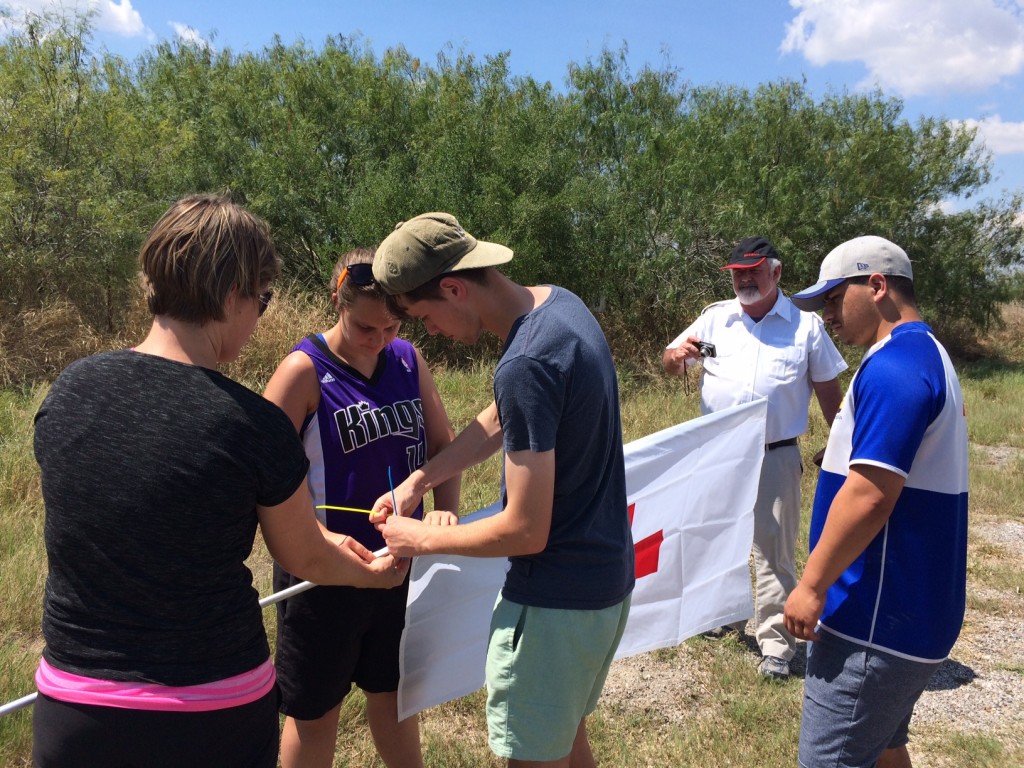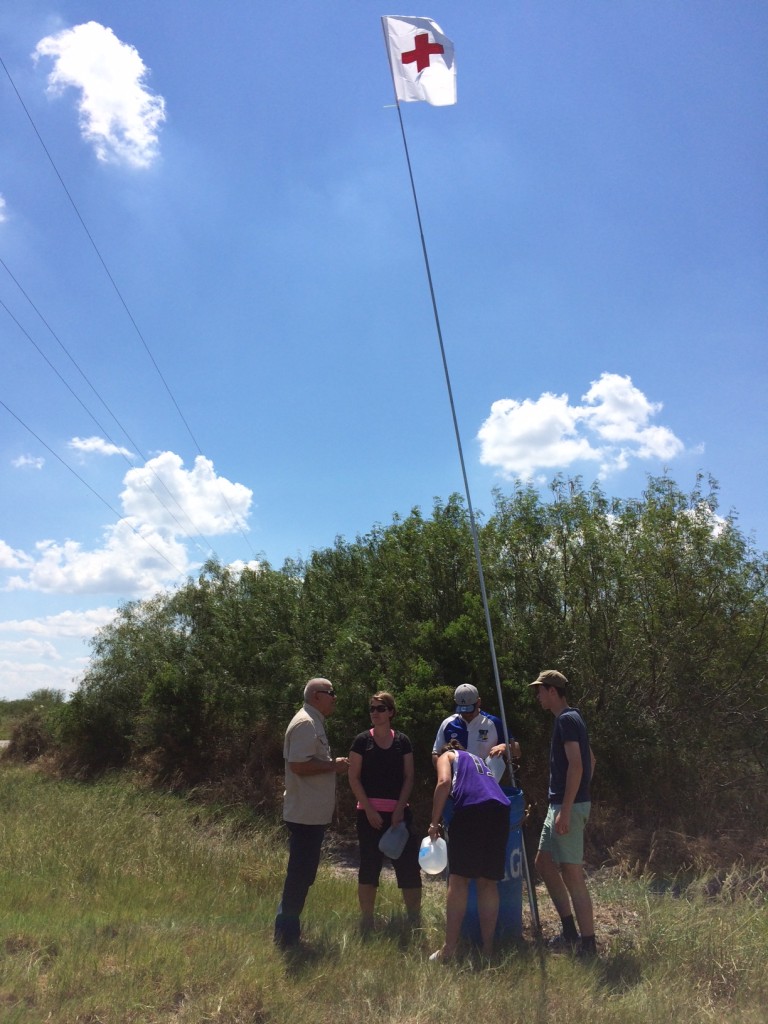Last week we had a group visit all the way from New Zealand. They spent a week or so at the border helping in various outlets before coming to Brooks County for a day to volunteer at the South Texas Human Rights Center.
We spent the morning in conversation around the table. Eddie discussed the various roles that the STHRC plays, all while taking care to deeply engage each separate perspective so that questions could be asked and a sense of understanding could be built. This, of course, took the entire morning but it was extremely important because it allowed all of us to examine each root with the respect that each deserved, regardless of the amount of prior knowledge of the crisis,.
At what we thought would be the end of the conversation, Eddie asked for questions, comments, or just simply what comes to mind. And I think this was one of the most exciting parts of the day, because these questions and comments were coming from those who had, in comparison to us at the STHRC, not much experience with migration in Texas. And yet, the insights they had were, in my opinion, some of the most important insights pertinent to this crisis; a reminder that it can be easy to lose sight of the forest among the trees.
“To me, what keeps coming to mind is when we visited the border the other day and we saw the fence. It just seems like if there was any kind of solution, it would be to think about where the people are coming from, and what is making them come in the first place. Because you said they are mostly fleeing violence, and are migrating simply to survive, right? It just doesn’t seem like building a fence a thousand miles away from the problem would really do what it’s built to do in the first place.”
“I was thinking about when we visited the fence, too. But to me I was just shocked that the land on both sides looked the same. In New Zealand, our border is the ocean, so obviously it’s a bit different of a scenario. Didn’t the land on both sides of the fence here used to all belong to the same people? It just seems odd to build a huge fence in land that all was the same at one point.”
Yes! Exactly! To me, these conclusions that they came up with were extremely logical. I was reminded that, while the complexities will always exist, it is important to remember the logical questions that need to ultimately be addressed.
What is the role of the fence at the border? What is its intended purpose? Does it achieve its intended purpose? If so, how? If not, why not? Who owns land? Does it belong to the people, and if so, who are they and what is their history? What was this land and this river used for before it was used solely as a border? Are these questions only to be addressed relative to the current day? Should history be considered? Our conversation easily lasted another hour or so discussing these questions.
The group then spent the afternoon with us building a new water station that will hopefully save the lives of anyone distressed who finds the station. We experienced a glimpse of the heat, terrain, and environment that this water station was intended to combat.

This was an immersive experience for all involved. For the New Zealanders, they were immersed in our perspectives and complex issues as well as our environment. For us at the STHRC, we were immersed in the intrigue and insights of the New Zealanders, as well as their stories and perspectives of migration in the South Pacific Islands. But for all of us, we better understand issues through exploration of similarities and differences from other perspectives. Being here in South Texas is imperative to understanding what is happening here, and we are extremely thankful for anyone and everyone who comes to visit for any type of immersion experience.

~Ryan